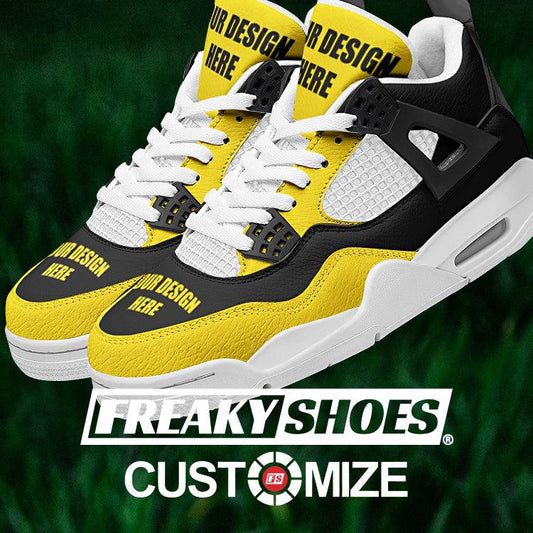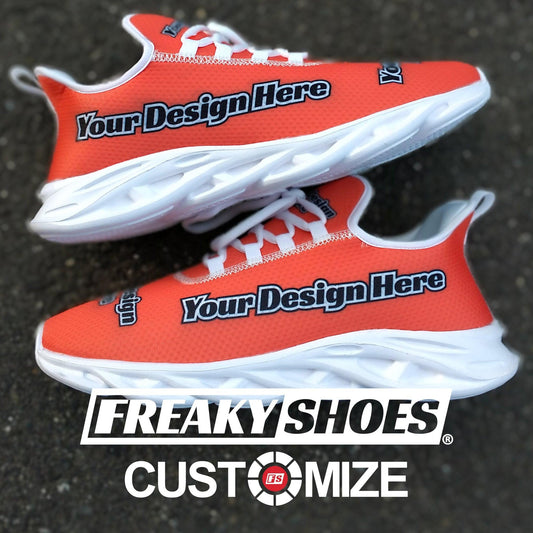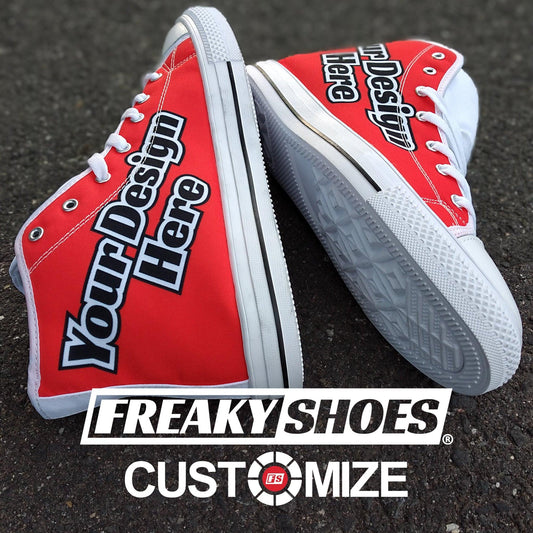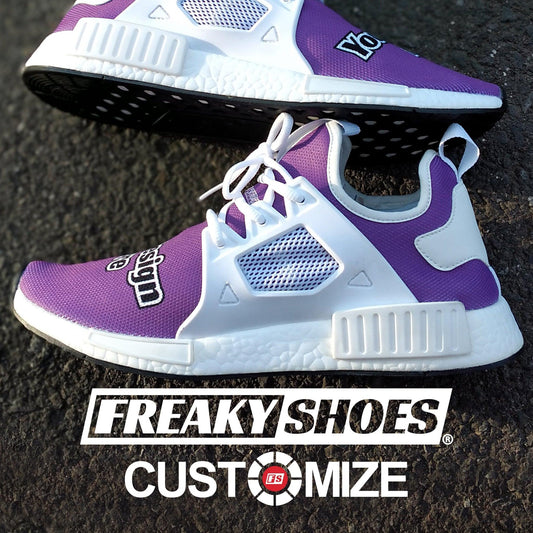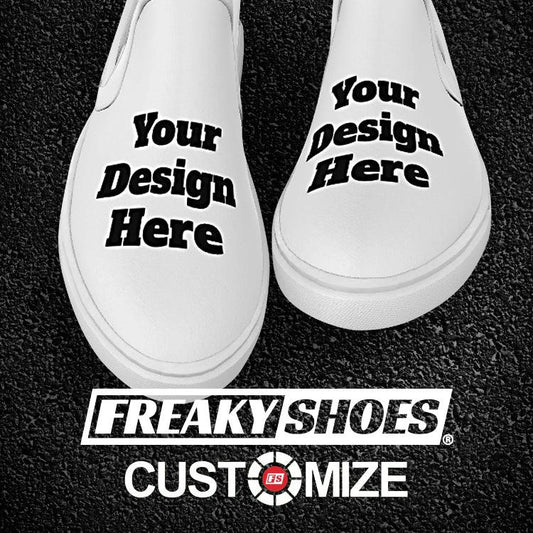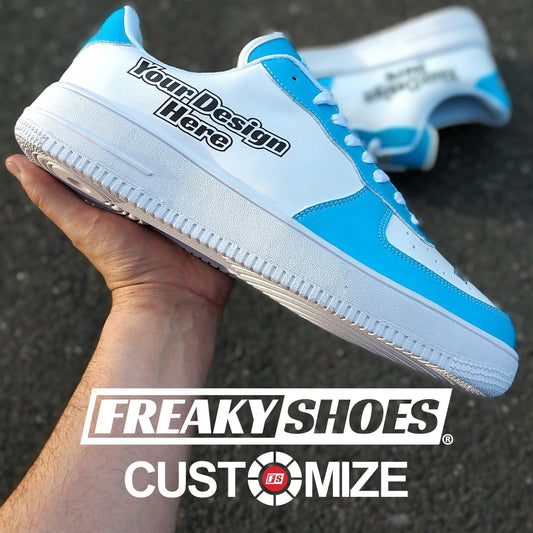Ever wondered who owns Skechers? We did too. You see Skechers everywhere—at the mall, on your feet, on your neighbor’s dad. But what most people don’t know is who’s actually running the show behind those comfy soles.
Well, here’s the short answer: Skechers is a public company, but it’s still led by the same family who started it—Robert and Michael Greenberg. And yep, they’ve kept a big part of it under their wing even after it went public.
Want more info?
Here, you’ll learn:
-
How much of Skechers is owned by the public?
-
History of the brand
-
Where are the shoes made?
-
Net worth of Skechers’ owners, and a lot more.
Keep reading!
Key Takeaways
-
Skechers is a public company, but is still run by its original founding family.
-
Robert Greenberg founded Skechers in 1992 and is still the chairman.
-
His son, Michael Greenberg, is the president and helps lead the company.
-
Over 80% of Skechers is owned by public investors like BlackRock and Vanguard.
-
The company doesn’t own factories—it uses third-party manufacturers in Asia.
-
Major shoe production happens in China, Vietnam, and Cambodia.
-
Skechers grew by focusing on comfort, value, and shoes for real people.
-
Robert Greenberg’s net worth is estimated at over $200 million.
Who Owns Skechers? (Everything to Know)

Skechers is owned and led by the Greenberg family. Robert Greenberg started the company in 1992, and he still runs it today as the chairman. His son, Michael Greenberg, is the president. Together, they’ve been running the brand from the very beginning.
We found it interesting that this is still a family-run business, even though Skechers has become a massive global brand. When we looked into it, we saw how both Robert and Michael played key roles in building Skechers. Robert had already worked in the shoe business before, and Michael helped shape the company’s style and direction.
Skechers is a public company, which means it’s listed on the stock market. But the Greenbergs still own a big part of it. They keep an active role in how things are done. That’s something we don’t see as often with big companies today.
So if you're wondering who owns Skechers, the answer is simple. Skechers is a public company, but the Greenberg family started it, built it, and still leads it. They’re not just founders. They’re still in charge.
How Much of Skechers Is Owned by the Public?
Right now, more than 80 percent of Skechers' shares are owned by people and groups outside the company. This includes investment firms and regular buyers. The company is listed on the New York Stock Exchange under the name SKX.
Even though the public owns most of Skechers, the Greenberg family still holds a good amount of shares. Robert and Michael Greenberg have kept enough stock to stay involved in decision-making. They’re still leading the company they started.
Major Institutional Investors in Skechers
When we checked who owns most of Skechers' stock, we found that big investment firms hold large shares. The top two are BlackRock and Vanguard. Together, they manage billions of dollars for people around the world.
These firms don’t run Skechers. They invest in companies to grow the money they manage. So, they own a big part of Skechers, but they don’t get involved in running the brand. That’s still handled by the Greenberg family and the company’s leadership team.
In addition, names like State Street and JPMorgan Chase are among the top investors in Skechers. These are all major financial institutions. They often buy shares in stable, growing companies, and Skechers fits that profile.
Why It Matters Who Owns Skechers?
Knowing who owns Skechers helps us understand how the company is run. You can also guess what its long-term goals might be. Ownership affects:
-
How decisions are made
-
How much risk a company takes
-
How it treats its customers and workers.
Now, the details.
The Company’s Direction Comes from the Top
We’ve seen that when a company is run by its founder, it often keeps a clear and focused direction. That’s true with Skechers. Robert Greenberg, who started the company in 1992, is still the chairman. His son, Michael, is the president.
This matters because it means the people making decisions today are the same ones who shaped the brand from the beginning.
In our opinion, this kind of control helps a brand build real trust.
Ownership Affects Company Culture
We think ownership matters here because it influences the tone from the top. Founders like Robert Greenberg build companies they care about deeply. That shows in how they treat the people who work for them.
When a company is mostly owned by public investors, the focus can shift. There’s more pressure to deliver short-term profits. That can lead to cost-cutting and quick changes that don’t always help the brand in the long run. We’ve seen that happen in other companies, but Skechers hasn’t gone down that road.
Customers Feel the Impact Too
The way a company is owned can even affect us, the customers. At first, that might not seem obvious. But when we thought about it, it made sense. A family-run business tends to care more about its reputation.
We also see it in their marketing. They use real people in ads, including older adults and everyday folks, not just athletes or celebrities. That makes Skechers feel more down-to-earth.
History of Skechers
Skechers started in 1992. Robert Greenberg launched the brand after stepping away from LA Gear, another shoe company he had founded earlier. At first, Skechers focused on men’s street-style boots.
We looked into those early years, and it’s clear Skechers moved fast. In just a few years, they expanded their product line. They didn’t just stick with boots. They started making:
-
Sneakers
-
Casual shoes
-
Added styles for women and kids.
What we saw was a company that stayed flexible. They reacted to what customers wanted.
By the late 1990s, Skechers had gone public. That gave them more funding to grow. They opened retail stores and pushed into new markets. Still, they kept their focus on comfort and everyday wear.
In the 2000s, Skechers introduced new technologies like memory foam insoles. We remember when those first came out. The difference in comfort was real. People started buying Skechers not just for how they looked, but for how they felt. That’s when the brand really became a go-to for:
-
Walking shoes
-
Travel shoes
-
Everyday casual wear.
As the brand grew, so did its global reach. Skechers expanded into more than 100 countries. They built a strong presence in Asia, Europe, and Latin America. But they also kept their headquarters in California. That’s where the Greenbergs continued to lead the company and make decisions.
Skechers' Owner’s Net Worth
Robert Greenberg, the founder and chairman of Skechers, has built a large fortune over the years. His estimated net worth is over $200 million. That’s based on his shares in the company and his long-time role in its success. He’s been in the shoe business for decades and turned Skechers into a major global brand.
We found that most of his wealth comes from owning a large number of Skechers shares. As the company’s stock price rises, so does his net worth. Since Skechers has stayed profitable and continued to grow, his stake in the company has held strong value. He also earns a salary as chairman.
His son, Michael Greenberg, is also doing well financially. While his net worth isn’t publicly listed in the same way, he has been part of the company from the start and likely owns a good share of stock too.
Both father and son have stayed active in running the company, which helps explain how they’ve built their wealth.
Where Are Skechers Manufactured?

Skechers shoes are designed in the United States but are mostly manufactured overseas. The company doesn’t own its own factories. Instead, it works with third-party manufacturers in countries like:
-
China
-
Vietnam
-
Cambodia.
These locations offer large-scale production at lower costs, which helps Skechers keep its prices affordable.
China
China has been one of the main manufacturing locations for Skechers since the brand began expanding. The country has a well-established shoe production industry, and that’s one of the reasons Skechers chose to partner with suppliers there.
We found that Chinese factories handle everything (from stitching uppers to assembling and packaging finished shoes).
Skechers doesn’t own these factories. Instead, it works with outside suppliers. This gives the company flexibility. If they need to increase production quickly, they can do it without being tied to one factory setup. It also helps them manage costs more easily.
We read that the company has quality control teams in place at these factories. That means Skechers keeps a close eye on how the shoes are made, even if they don’t own the facilities. The goal is to make sure each pair meets the same standards (whether it's made in China or somewhere else).
In recent years, Skechers has started reducing its dependence on China. Like many global brands, it’s shifting some production to other countries due to rising labor costs and trade concerns. But for now, China still plays a major role in the brand’s supply chain.
Vietnam
Vietnam has become a key manufacturing hub for Skechers in recent years. We found that many of their athletic shoes, including running and walking styles, are made there. The country has skilled workers and strong infrastructure for making sports shoes, which makes it a good fit for Skechers' needs.
The move to Vietnam was part of the company’s plan to diversify its manufacturing. By using more than one country, Skechers can avoid delays or risks tied to a single location. This strategy became even more important during global supply chain challenges like the COVID-19 pandemic.
In Vietnam, Skechers works with third-party manufacturers just like it does in China.
We contacted Skechers regarding this and found out that the company often sends its own teams to inspect these factories.
Cambodia
Cambodia is another location where Skechers produces its footwear. It’s smaller compared to China and Vietnam, but it’s growing. We saw that several large shoe manufacturers in Cambodia supply products to Skechers. These factories usually focus on assembling shoes and finishing the final details.
Like with its other locations, Skechers doesn’t own these factories. But it keeps control by having its own people on the ground. They check production lines and make sure everything meets company standards. That helps them protect the brand and avoid quality issues.
What makes Cambodia stand out is its growing role in the global footwear industry. Labor is affordable, and the government has encouraged foreign investment in manufacturing. Skechers saw that potential and included Cambodia as part of its production network.
While it’s not the largest source of Skechers shoes, Cambodia gives the company more flexibility. If there’s a problem in one country, they can shift more orders to Cambodia. That’s part of how Skechers keeps shoes available around the world without running into major delays.
If you’re researching before buying, don’t miss this honest guide on whether Skechers run large, small, or just right.
Final Words
So, who owns Skechers? Now you know—it’s publicly traded, but the Greenberg family still runs it like they always have. That family-led touch is what keeps Skechers feeling familiar and real, even as it’s sold around the world.
Here’s a recap:
-
Robert Greenberg started Skechers and still leads it.
-
His son, Michael, is the president and helps run day-to-day operations.
-
The company is publicly traded but is led by the same founding family.
-
Most shoes are made in Asia through trusted manufacturers.
-
Skechers has grown big, but stayed simple: comfy shoes for everyday people.
And that’s what makes Skechers special—it didn’t forget where it came from.











